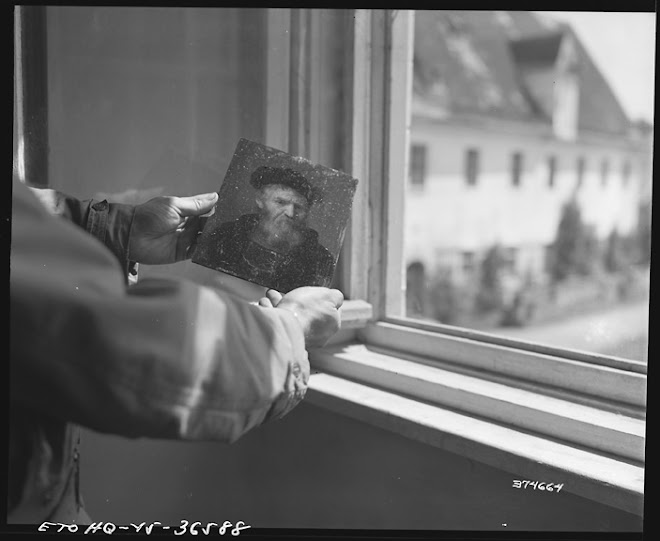Even in the museum at Auschwitz-Birkenau, controversy reigns over the rightful ownership of artwork top Nazis once claimed as their own. Since 1973, Polish museum authorities have refused to return several portraits in the Auschwitz Museum's collection to Dinah Babbitt, the woman who painted them while she was interned at the concentration camp.
Last week, Babbitt passed away at the age of 86, in Felton, California. A recent article in Australia's Sydney Morning Herald documented her story. Over the course of her long life, Babbitt was an animator for Warner Brothers, and worked on characters including Wile E. Coyote, Daffy Duck and Tweety Bird. But before she made her living illustrating beloved cartoon characters, she was forced literally to paint for her very life. When she was a prisoner in Auschwitz, the notorious Nazi physician Josef Mengele noticed her artistic talent. He deemed it better in quality, in fact, than that of color photography, and forced her to illustrate his experiments on Jewish and Gypsy prisoners.
When in 1973 Babbitt learned of the existence of her paintings in the museum, she traveled by train to Auschwitz. She was determined to liberate at least the visual embodiment of the memory of the people she had once painted. Yet the Polish museum authorities refused to return the paintings to her, claiming that if the portraits belonged to anyone, it was Mengele's descendants.
Such a position suggests that Mengele paid Babbitt for her work. In fact, it vindicates Mengele's granting Babbitt her life as proper compensation. A 35 year battle for the paintings ensued. But Babbitt did not live to see the paintings returned.
Babbitt's story raises many issues relevant to the larger controversy of Nazi looted art today. It demonstrates that even in the midst of committing the greatest horrors of the Holocaust, the Nazis placed tremendous value on art. And it was this value that led them to commit such widespread looting. Babbitt's story illustrates, too, the lengths some museums will go to in order to hold on to their art--even when the terrible truth of an object's past has fully come to light, even when an object is found in the place where the losses of the Holocaust's victims should carry the most weight of all.
Sunday, August 30, 2009
Subscribe to:
Comments (Atom)



